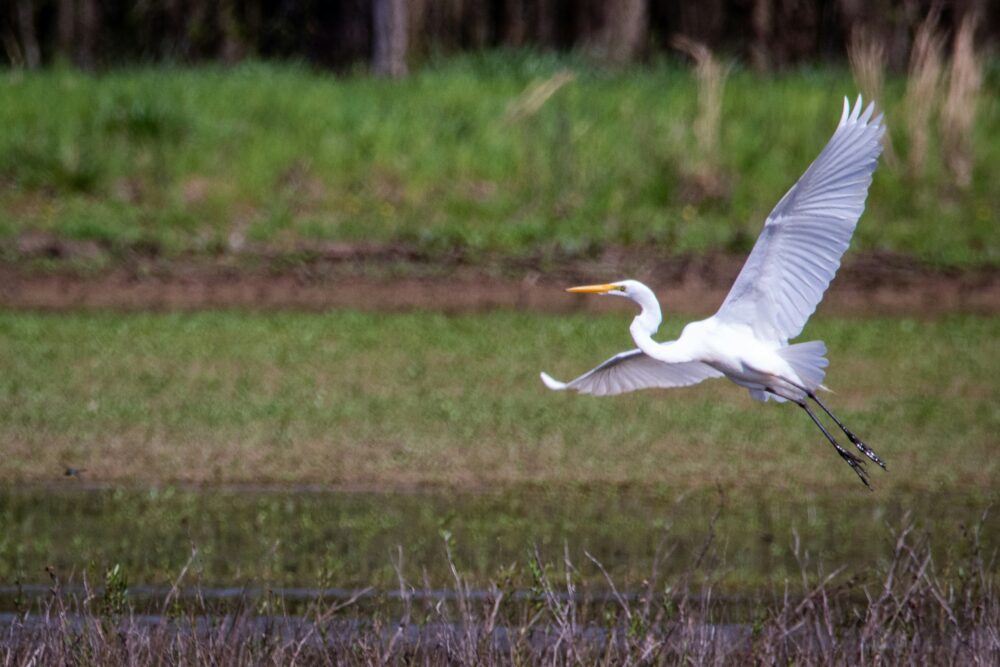The Mississippi River touches 10 states along its 2,300-mile-long path and drains an area encompassing all or parts of 31 states and two Canadian provinces. Nearly 20 million people rely … Read more
Conservation

Generations of Environmentalists Protecting the Four Generations of Monarchs
Habitat Loss and Declining Monarch Populations Land degradation and climate change are two of the most pressing environmental issues facing communities, ecosystems, and species all around the world. The migratory monarch … Read more
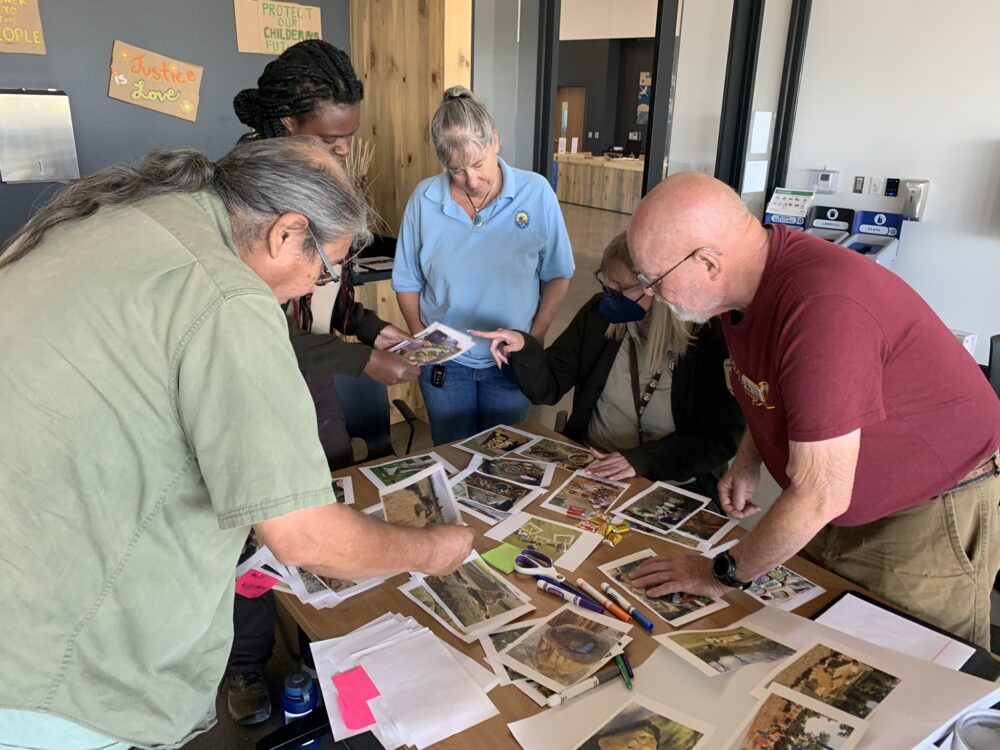
Centering Community in Albuquerque, New Mexico
The Valle de Oro National Wildlife Refuge, located just outside of Albuquerque, New Mexico, is recognized as the first urban national wildlife refuge in the Southwest. Managed by the U.S. … Read more

Lake Erie: From Green to Clean
As the summer Harmful Algal Blooms (HABs) season loads up, we’re keeping our eye on the Lake Erie blooms and can answer your most pressing questions. From the causes to … Read more
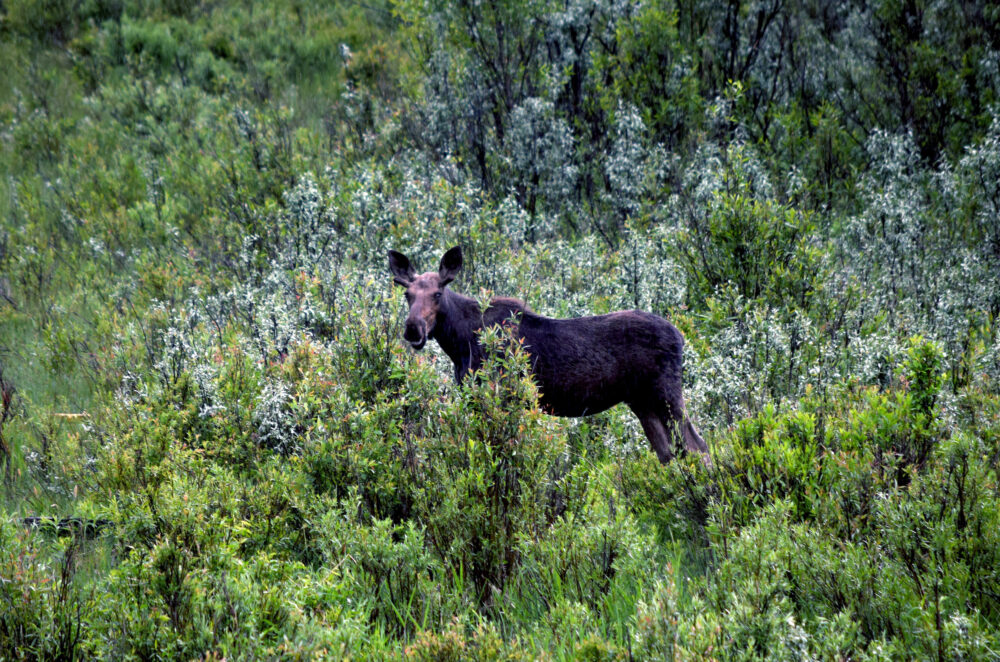
Blurred Tunnel Vision: Enbridge’s Risky Line 5 Expansions
Recently, the Michigan Public Service Commission granted Enbridge a site permit for the plan to relocate the dangerous Line 5 pipeline into a tunnel running under the Straits of Mackinac. … Read more
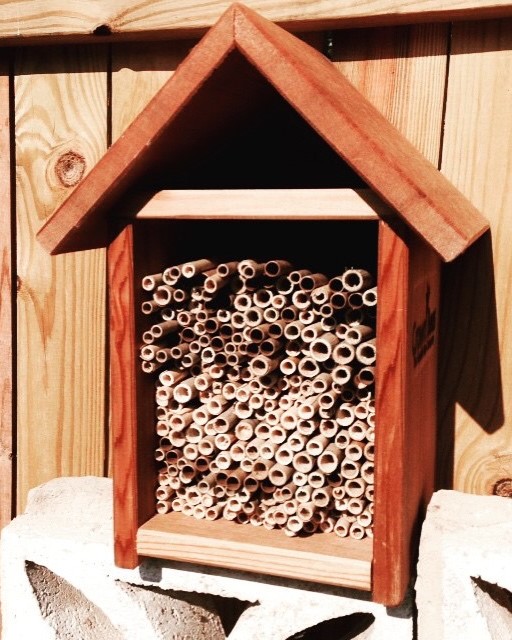
So You Want to Get a Bee House…
The bees need our help, and no, we’re not referring to honeybees! While honeybees can be an incredibly helpful domesticated species, they’re not native to America. In fact, most of … Read more
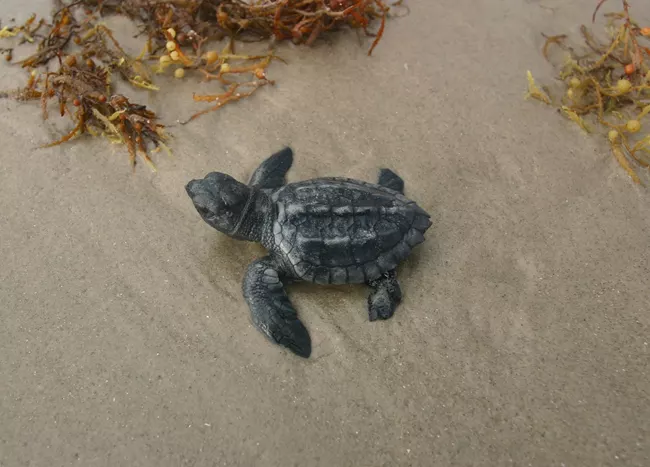
Resilient Galveston Island
Galveston Island is no stranger to extreme weather events. From the Great Storm of 1900, which still holds the record for the deadliest storm in the U.S., to Hurricane Ike … Read more

Unleashed: Exploring the Work of Conservation Dogs
Imagine a wildlife research project that takes you face to face with a jaguar in Guatemala, thanks to the good work of your conservation dog. Man’s best friend has a long … Read more
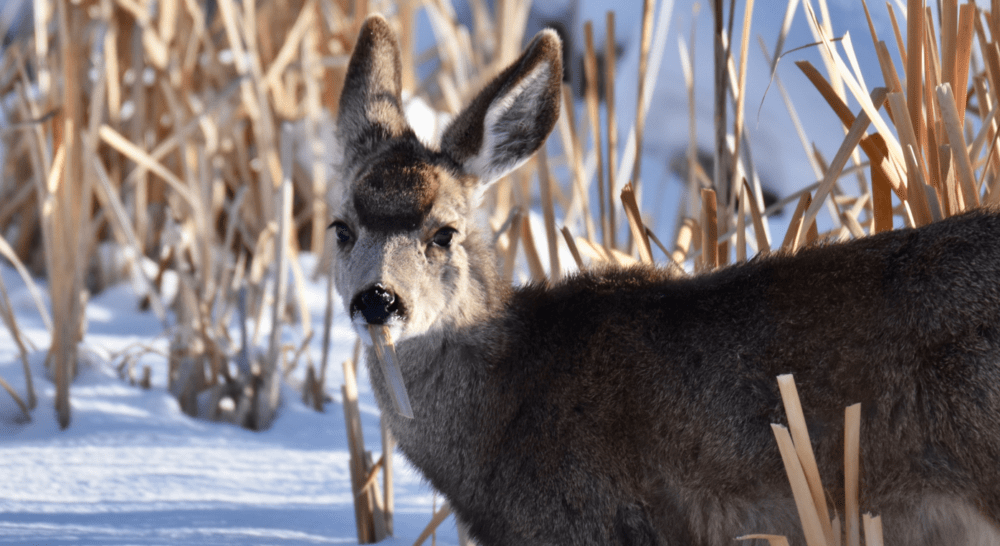
New Public Lands Rule to Benefit Mule Deer & More
The federal Bureau of Land Management stewards 245 million acres of public land that provide habitat for 3,000 wildlife species and more than 300 threatened or endangered wildlife and plant … Read more

Ridding Waters and Wildlife Habitat of Toxic Chemicals
Waterways and the aquatic habitats of many wildlife from kingfishers to polar bears are contaminated with highly toxic “forever chemicals.” These chemicals—known as Per-and-Polyfluoroalkyl Substances, or PFAS—persist in the environment, … Read more

